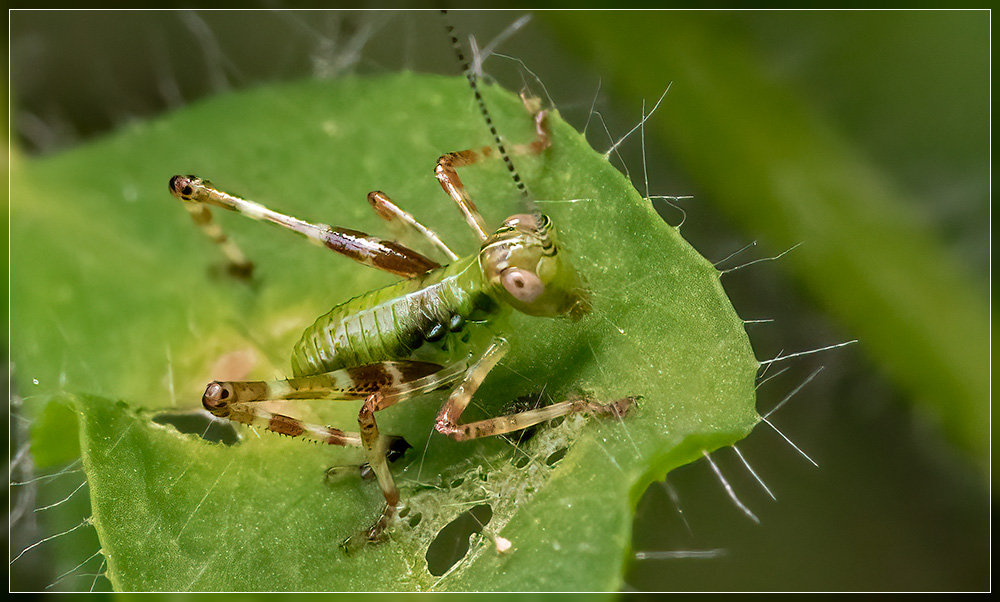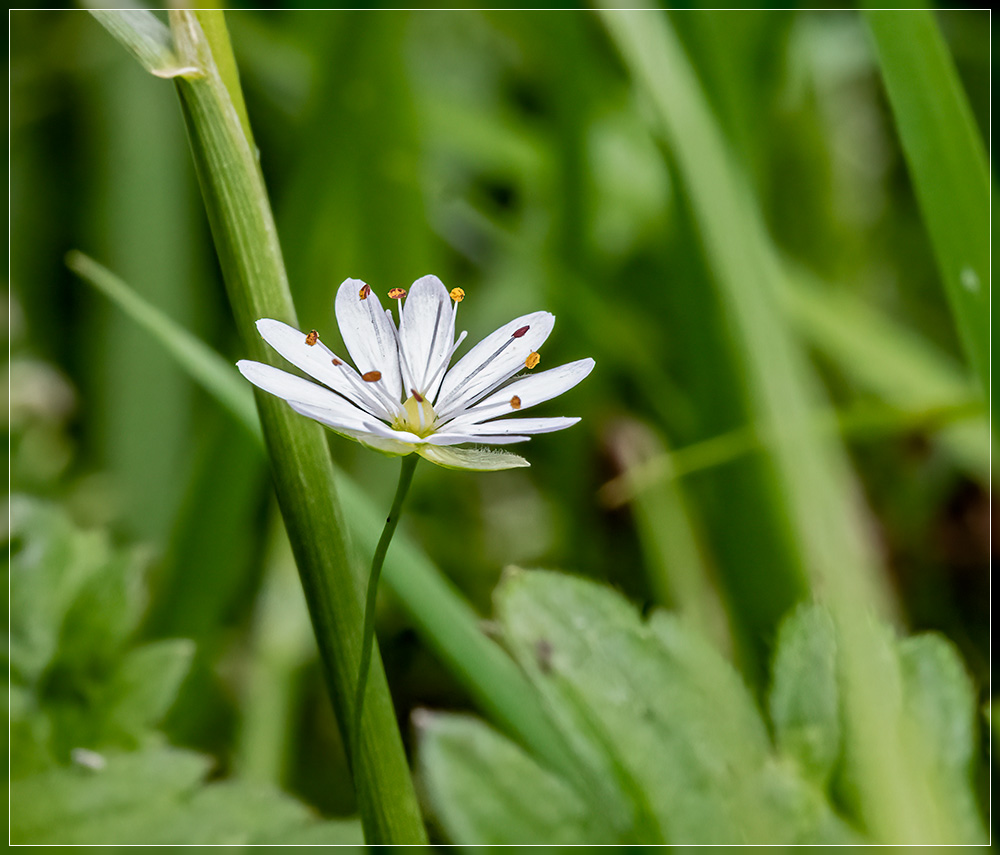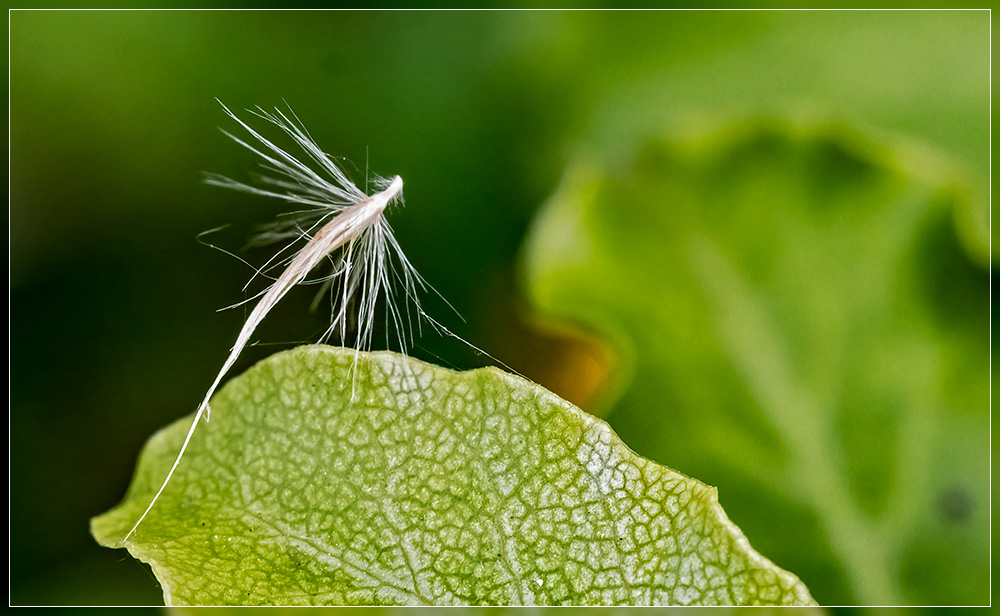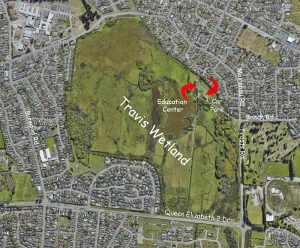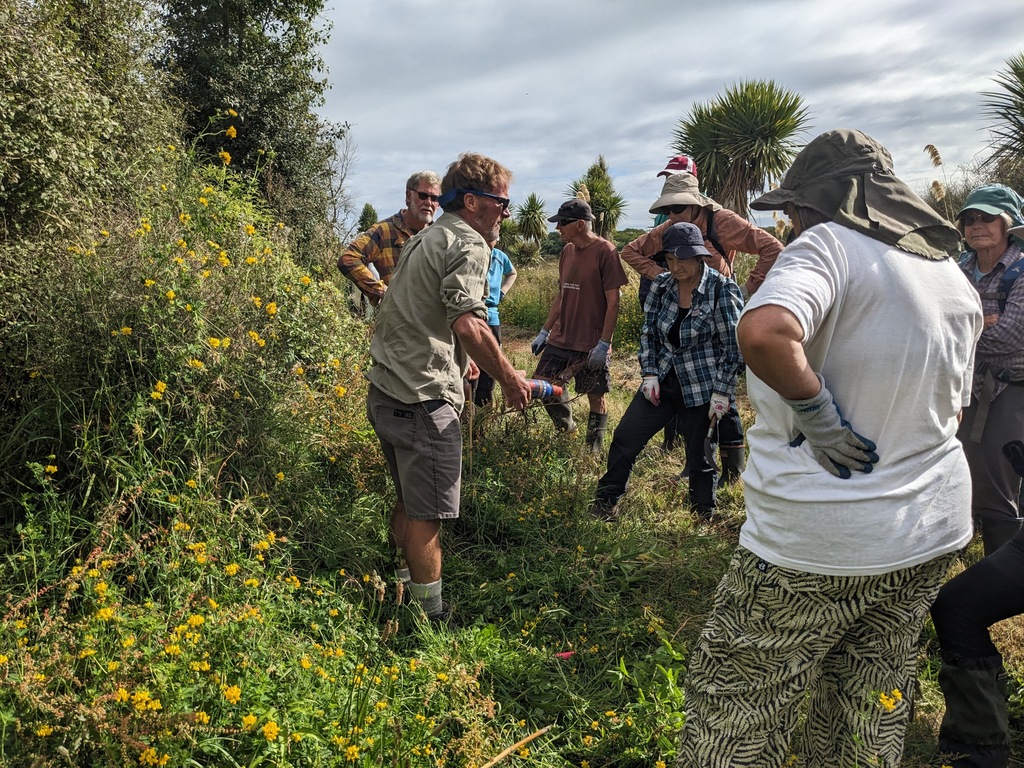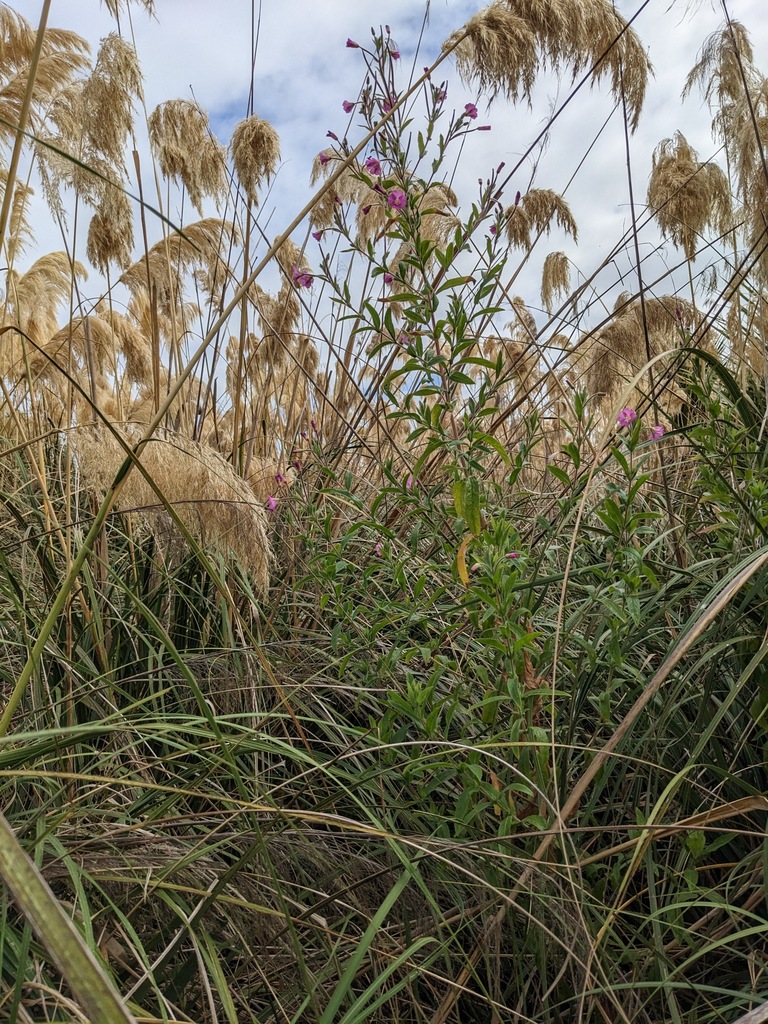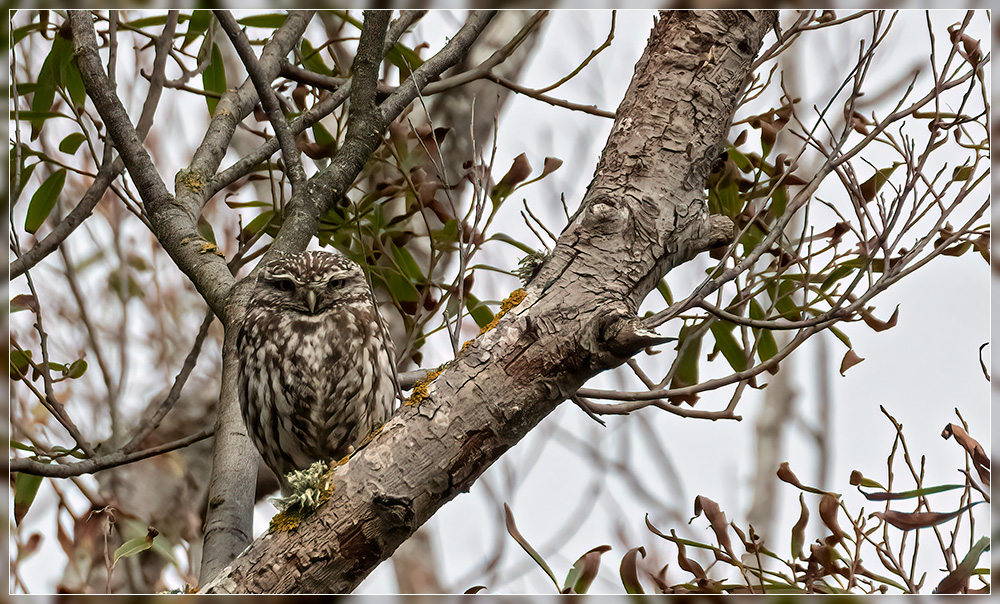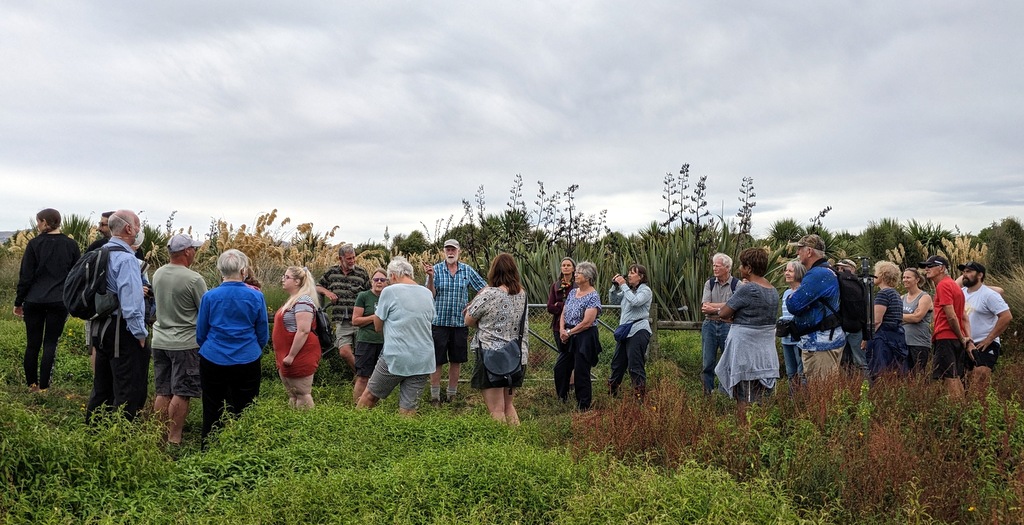All previous newsletters can be found here.
Work Day Reminder, February 18 2023
The next monthly work day will be from 9.00am – noon this coming Saturday.
This month we’ll be weeding somewhere around the wetland, probably at the Tōtara/Mataī forest.
If you arrive late there will be a notice on the Education Centre door explaining where we have gone.
All tools provided. It may be wet underfoot, so gumboots are advised but probably not essential at this time of year. Please bring your own gloves if you can, but we have some for loan.
Latest News
Report on Last Month’s Work Day, 21 January
Fine weather greeted 20 keen volunteers for our first workday of the year. Recent dry weather gave perfect conditions for a visit into the usually muddy southern woods area. This was accessed via the gravel road by the stockyards.
Ranger John gave us a demonstration of how to identify and effectively remove the noxious weed great willowherb. We were able to dispatch a few specimens, mainly around the western roadside, before they could spread seed on the wind.
Weeding around previous plantings was our other main task. We began along the roadside where some plants were completed engulfed by the weed mass. Prize finds were an otherwise healthy mataī bent double by weeds and a patch of tiny stressed mānuka, just a couple of inches high. Some volunteers worked further into the planted area, releasing mainly small-leafed shrubs.
Later in the morning John led us further into the woodland to observe progress. We explored an area planted in about 2012 and were amazed by the height of some trees, particularly cabbage trees and narrow-leafed lacebark. In some parts the trees provided great shade cover. Along with a thick layer of cabbage tree leaves on the ground this was providing excellent weed suppression.
Some volunteers could not resist some more weeding. This area was pleasingly free of convolvulus, though the exotic climber Solanum dolcamara (bitter nightshade) was winding its way up tree trunks. Tall weeds such as hemlock were easily dispatched from small clearings.
As usual our morning ended with refreshments back at the information centre. Thanks to all who helped.
Article: Sue Britain, Images: Dave Evans
Little Owls
It seems that for the past month there has been a constantly changing collection of photographers with huge lenses lined up along Beach Rd near the car park. The attraction has been a family of Little Owls posing cooperatively in the willows.
As NZ Birds Online says: “The little owl is a small grey-brown-and-white streaked owl that is widespread throughout the drier open country of the eastern and northern South Island. Unlike the morepork, they are often seen perched out in the open during the day. Little owls were introduced to New Zealand from Germany between 1906 and 1910, with the intention that they would help control the numbers of small introduced birds, which were becoming a pest in grain and fruit crops. With the exception of one pair released in Rotorua, all were liberated in the South Island. Little owls bob up and down if startled and have an undulating flight pattern.”
There are probably more of them around Christchurch than most people realise. I hear and occasionally see one near my home in Opawa, particularly in the autumn. They are even more common in South Hagley Park. Once you’re familiar with the call you may hear them after dusk too. There are recordings of calls on this NZ Birds Online webpage.
Article: Dave Evans, Image: Grahame
World Wetlands Day
We celebrated World Wetlands Day on the 2nd of February with a short walk. About 25 people turned up on what was a warm, cloudy evening. We started with a look at a stick insect that Eleanor found in the trees near the car park, then she pointed out the tiny native plants growing by the dripping bore, (or the boring drip, depending on who you speak to). Led by board members Eleanor and Bruce Craig we proceeded down the farm track to the Tōtara/Mataī forest area at the southern edge of the wetland.
We were treated with royal spoonbills (kōtuku ngutupapa) and a swamp harrier hawk (kāhu) passing overhead. Less appreciated were 10 magpies perching in a tree above us. In the dry, open paddock were lots of noisy spur-winged plovers and pied stilts (poaka) in the wetter areas.
Progress through the long grass was eased by a path mowed by the rangers and Eleanor pointed out interesting features along the way. A few great willow herbs that had flowered since the last work day were pulled out. We returned via the Wetland Walk from near the Angela Stream bridge and Charlie’s seat. Thanks to everyone for coming along and helping celebrate the value of wetlands.
Article and image: Dave Evans
Spoonbills in the Press
If you don’t get the Press or look at it on Stuff you may have missed the article on spoonbills nesting at Travis again this year. It looks like they may be a recurring resident each breeding season.
Japanese, giant and Indian/Himalayan knotweed
Another installment in the litany of Canterbury plant pests from ECan. It’s present on the West Coast and ECan is trying to prevent its movement to Canterbury.
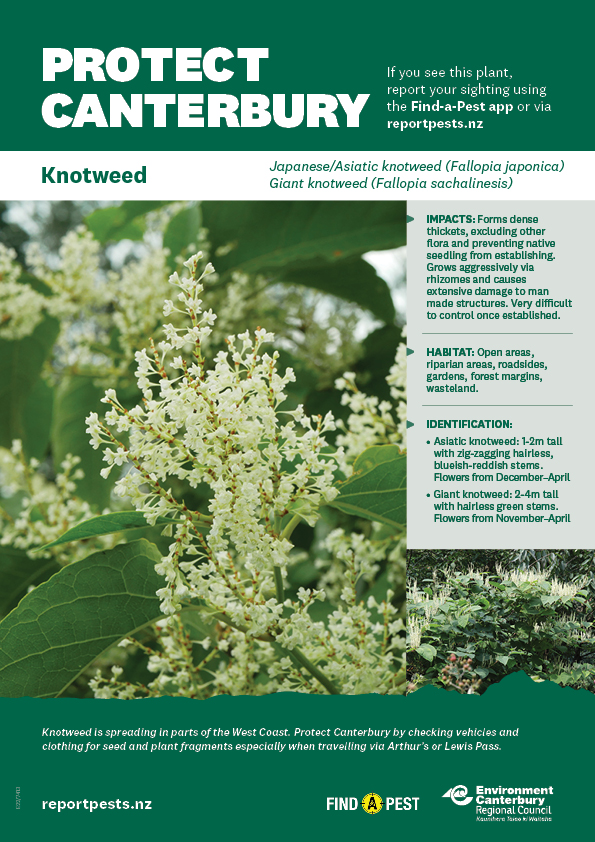
Images from Grahame
